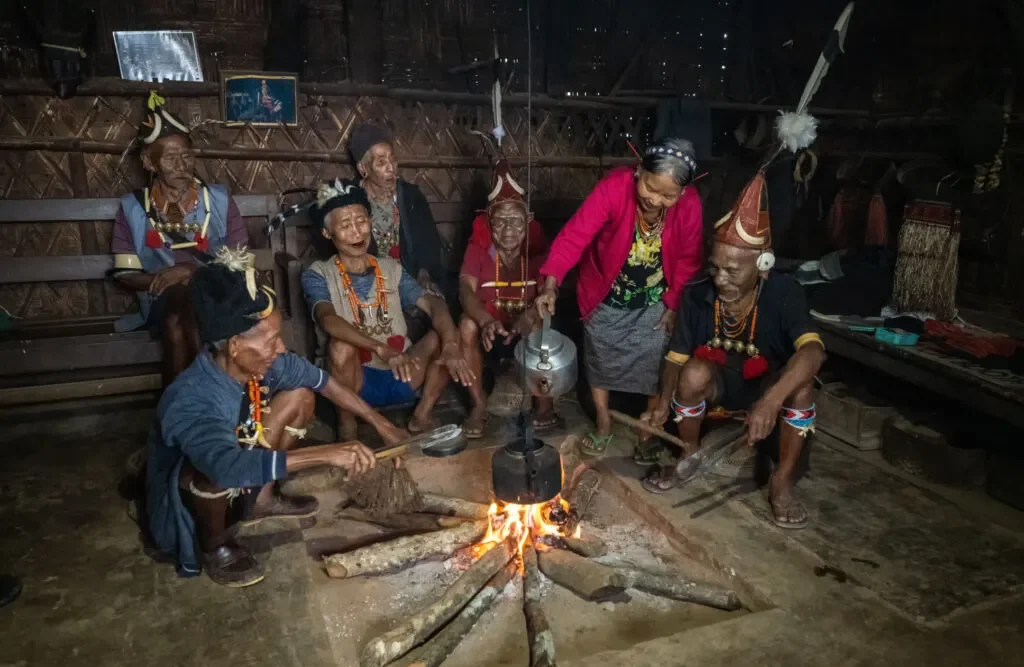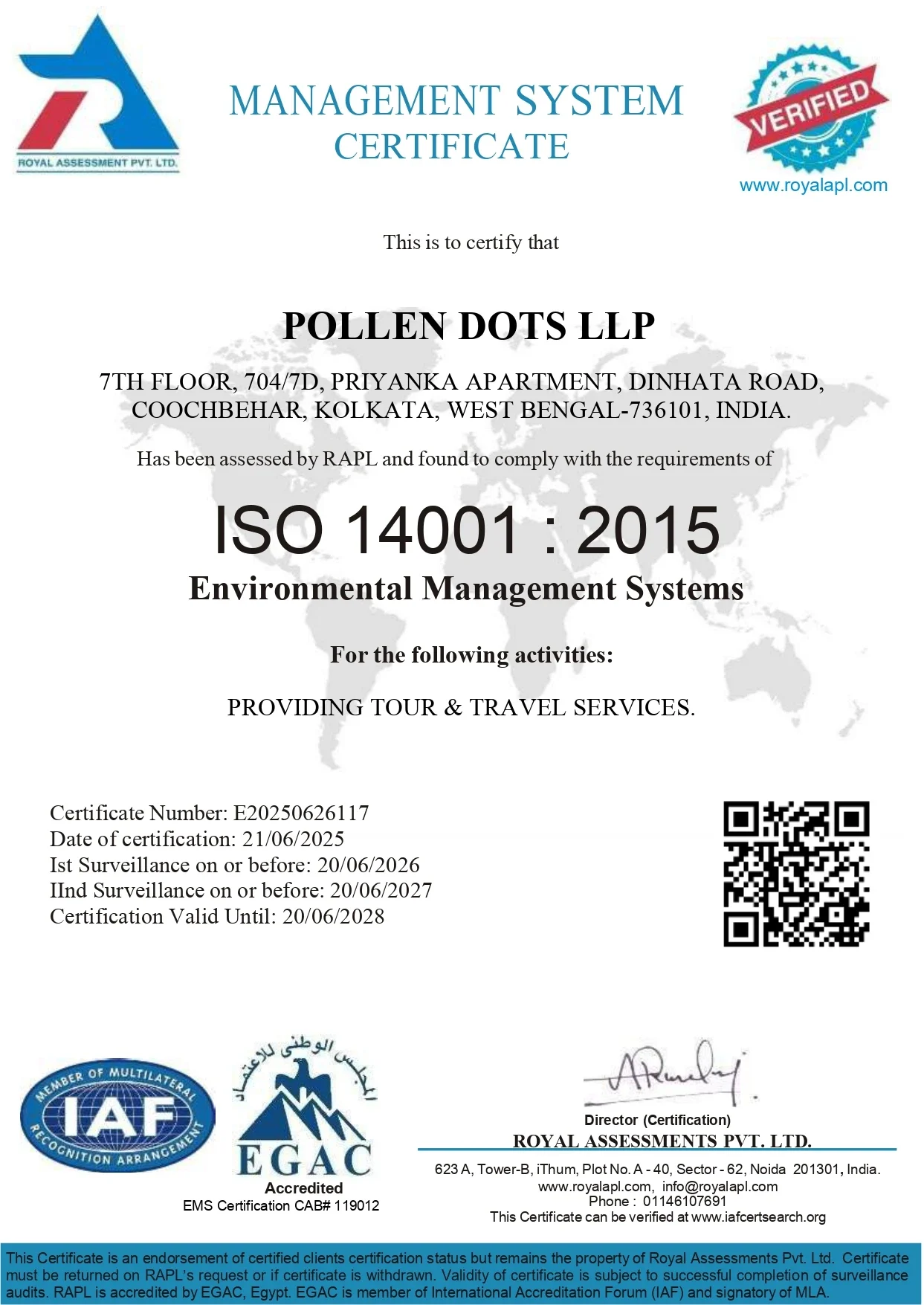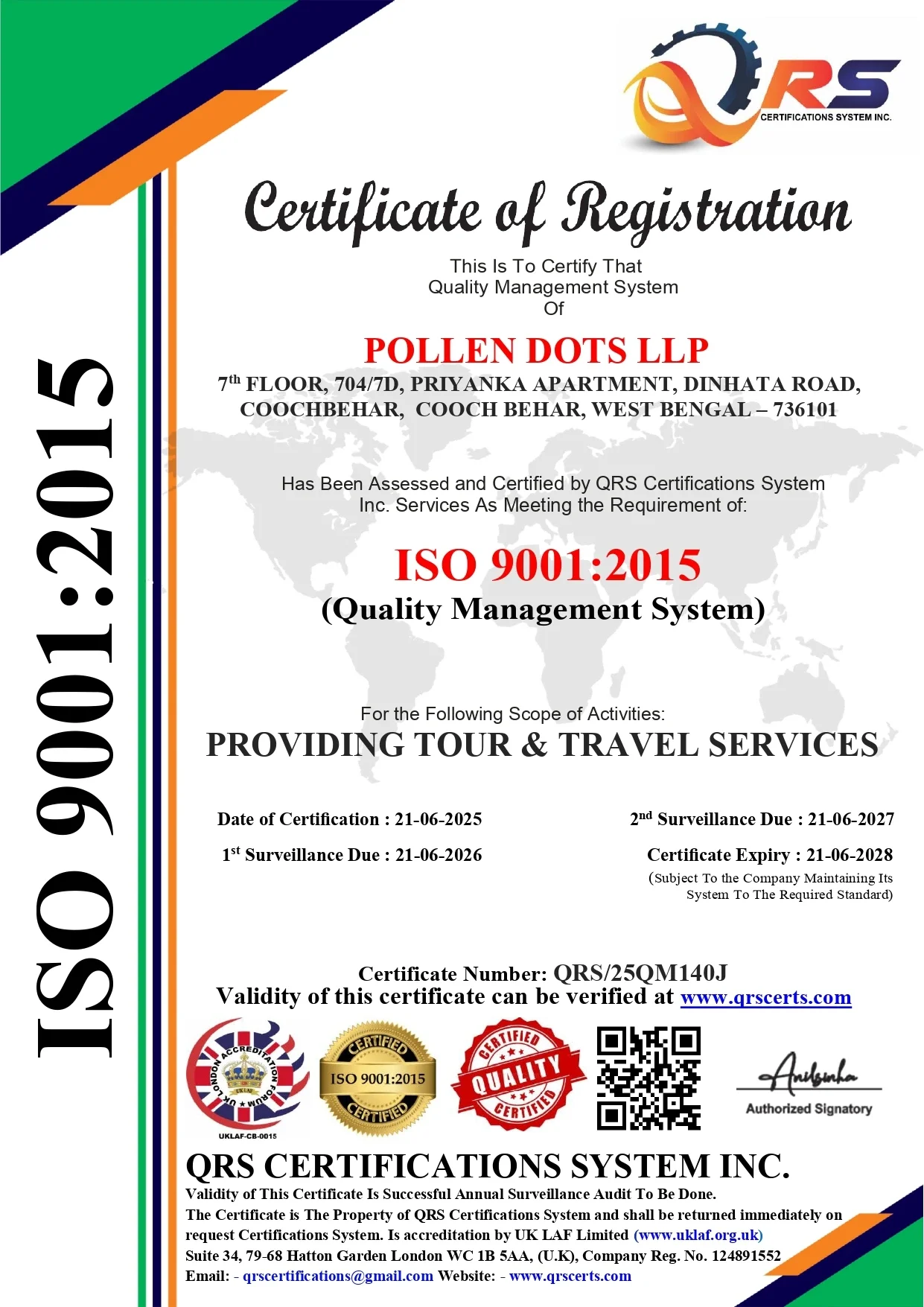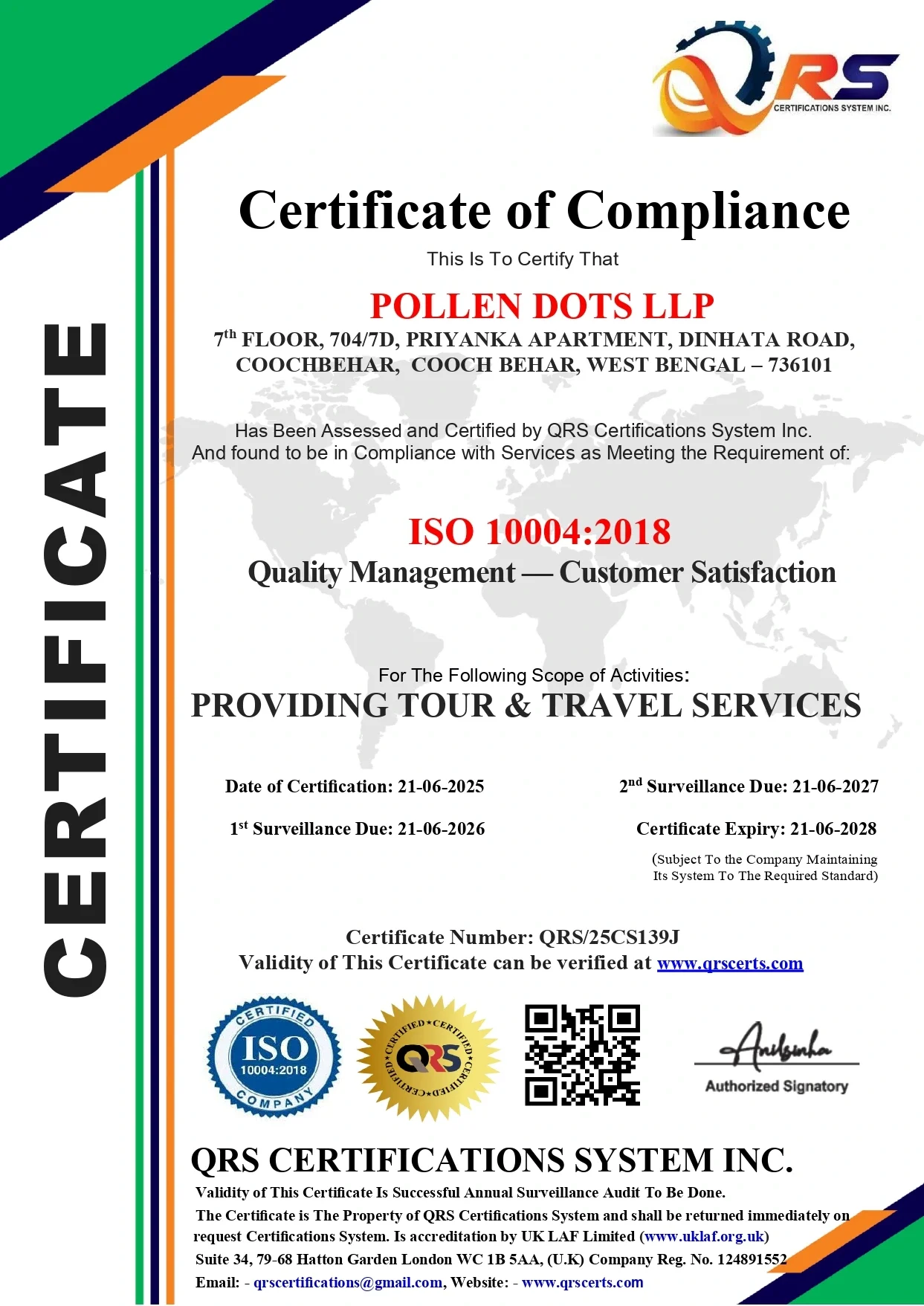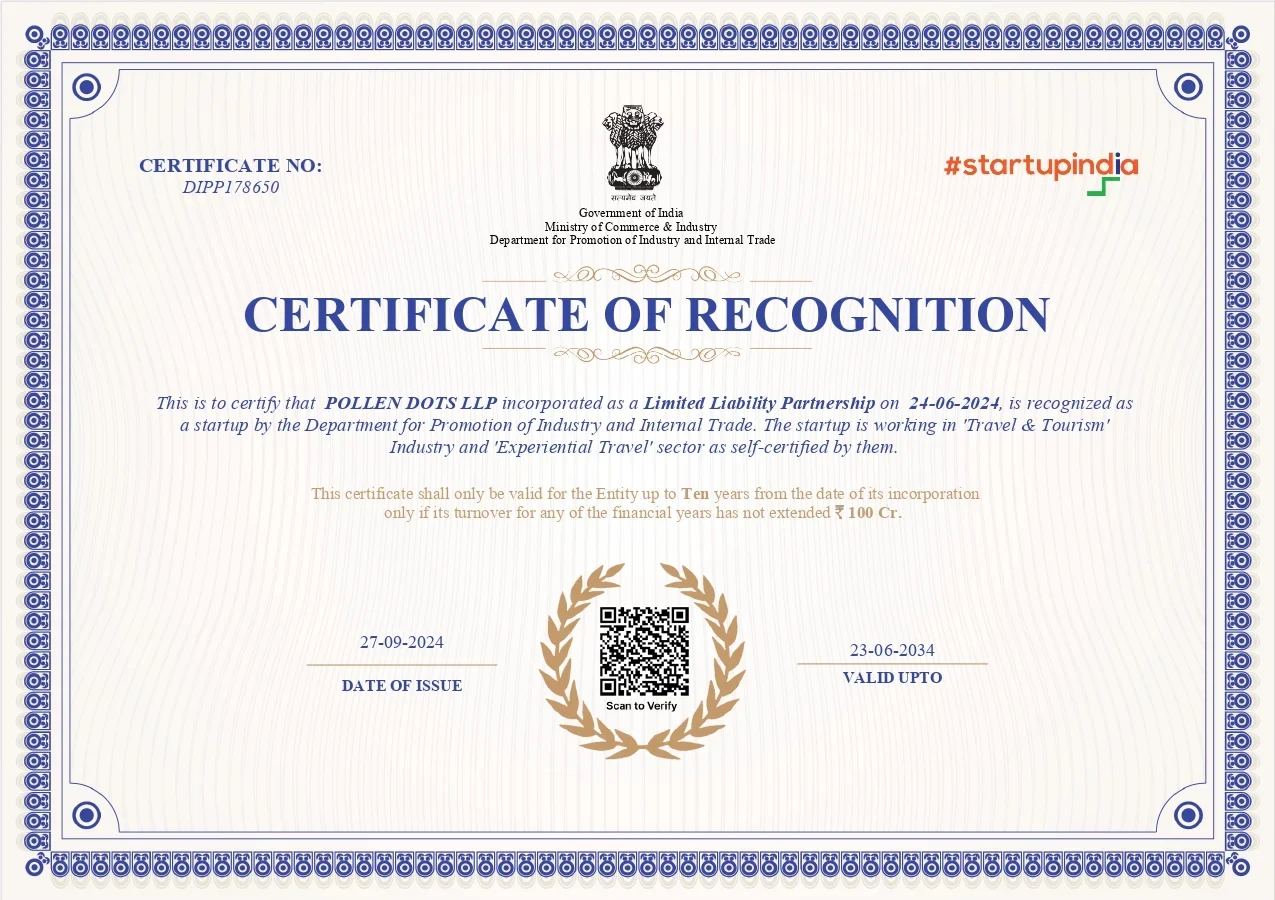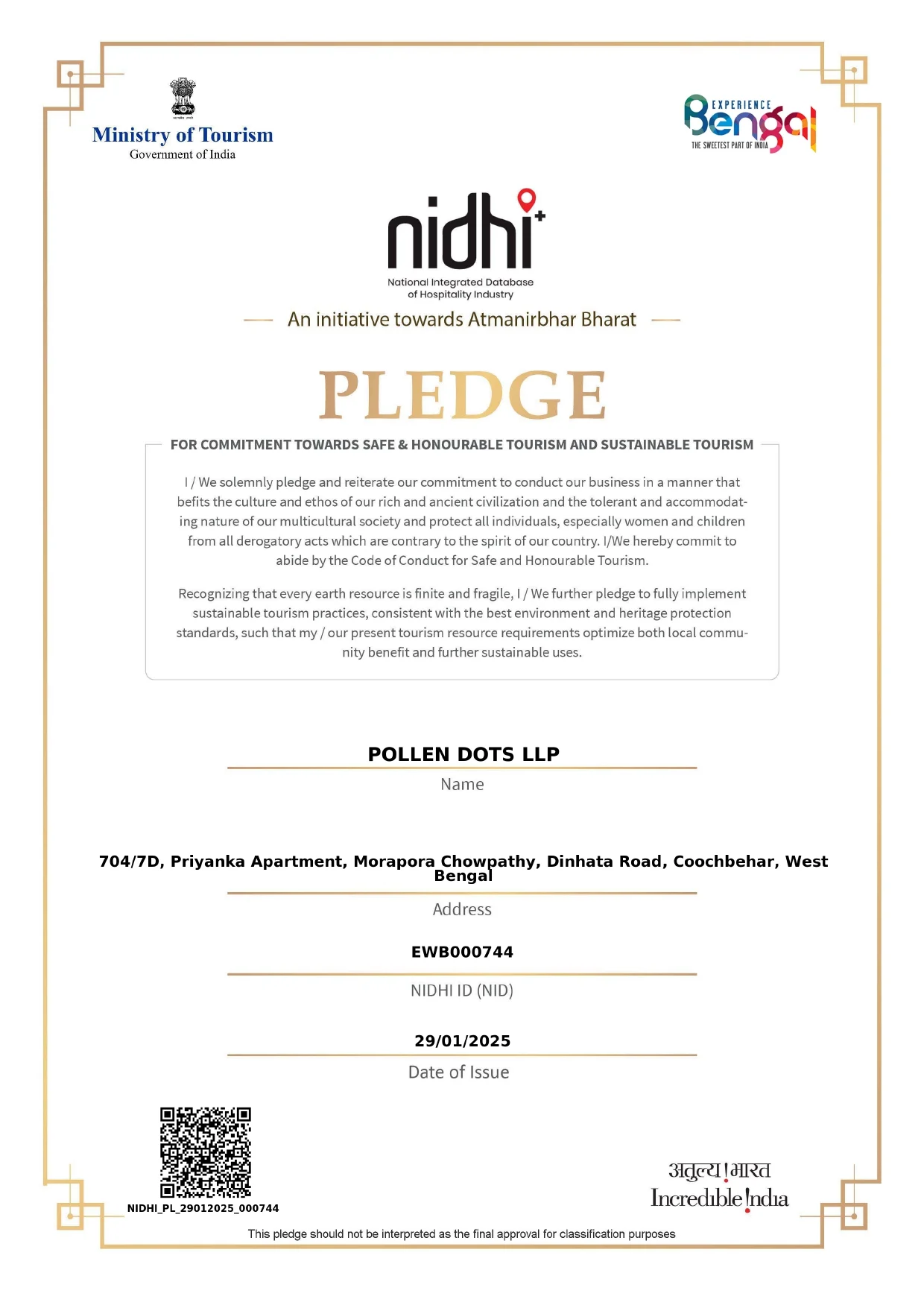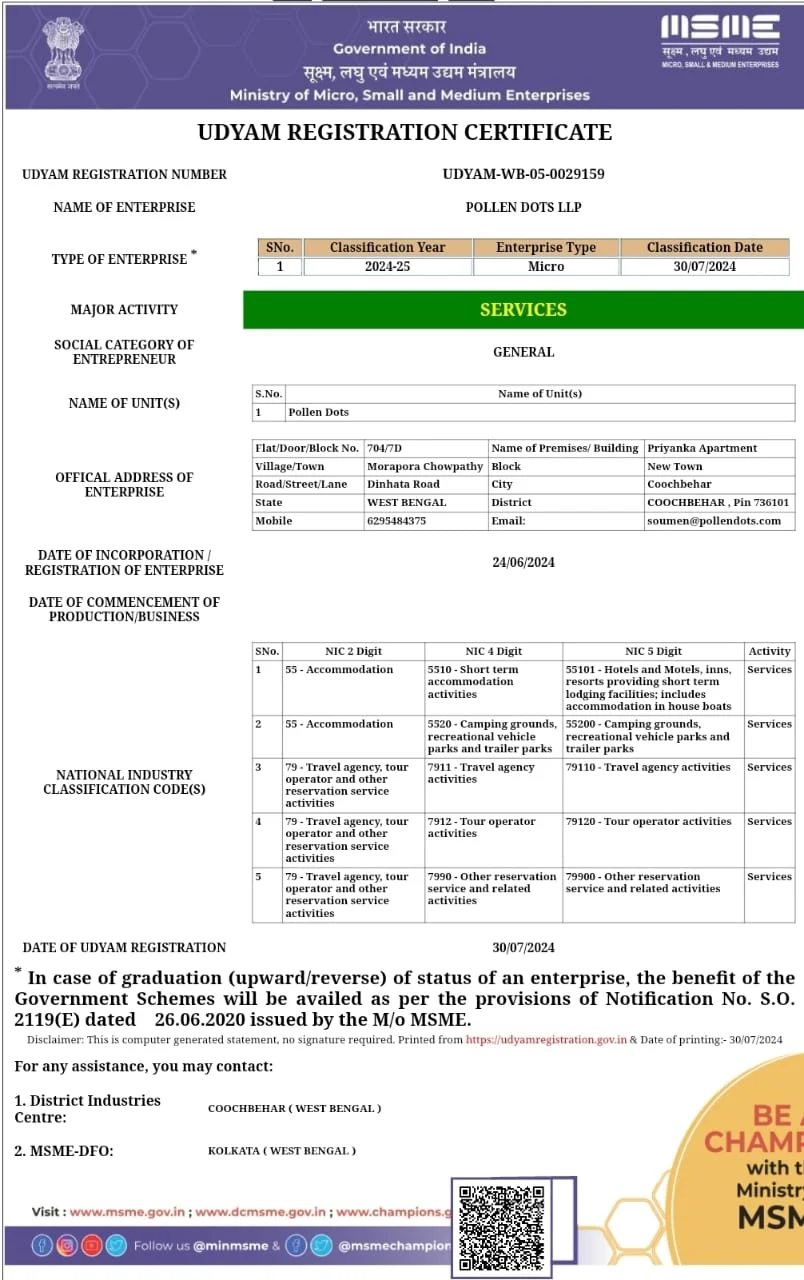A Village Divided by a Line, Not by Living”
Longwa, perched in the Mon district of Nagaland, is often introduced by its geopolitical curiosity — a village where one house sits in India and its backyard in Myanmar. But that’s just the beginning. What truly divides and unites here isn’t borders — it’s belonging.
The Angh (chief)’s house, famously straddling the international boundary, is less a political statement and more a symbol of coexistence. His rule still echoes through multiple villages across both sides of the border, rooted in tribal governance and oral authority.
Longwa doesn’t offer touristy distractions. No souvenir shops, no curated shows. What you get is a walk through history, pride, and resilience — with muddy boots and smoky kitchens for company.
The Konyak Ink
The Konyaks, the dominant tribe in Longwa, are known across India for their distinctive facial and body tattoos, once earned after headhunting expeditions — a practice long abandoned, but not forgotten.
These tattoos aren’t ornaments — they’re identities. Even today, the elders carry them like historical archives etched in blue-black ink.
“Every mark has a meaning,” says a retired schoolteacher. “It tells where we’ve been. And who we were before the world knew us.”

Longwa’s School of Wood and Smoke
If you sit long enough in one of Longwa’s kitchens, you’ll notice the walls aren’t just dark from soot. They’re repositories. Antlers hang near hand-carved utensils, beside wooden rifles, above dried herbs. Each object speaks — of the hunt, of the harvest, of the hands that held them.
Carving here is not a craft — it’s a skill passed through chores. Children whittle twigs into flutes; young men carve gun butts with tribal symbols. No formal schooling needed. The forest provides both material and metaphor.
Snippets from the Village
- The Border as a Backyard:
Locals cross into Myanmar to attend family weddings or collect firewood — no fuss, no checkpoints, just old footpaths and older ties. - The Bamboo Telegraph:
News here travels by mouth, often over log drums that once signaled warnings but now gather youth for village meetings and celebrations. - Meals of Memory:
Smoked pork, sticky rice, bitter wild leaves — cooked slow and eaten slower. Meals are communal, layered with silence, stories, and salt.
Know Before You Go: Travel Notes
- How to Reach: Drive from Mon town, about 40 km. Roads are winding and rough — 4x4s are preferred.
- Best Time: October to April, when the skies are clear and the village rituals are most active.
- Where to Stay: Basic homestays exist — warm in welcome, modest in amenities.
- Respect Boundaries: Ask before taking photos, especially of elders. Privacy is held sacred here.
Longwa doesn’t dwell on its past, nor does it chase modernity. It stands — in the mist, in the hills — as it always has. A village where lines drawn on maps matter less than the ones etched in memory.
Some places teach you geography. Longwa teaches you to unlearn it.”

